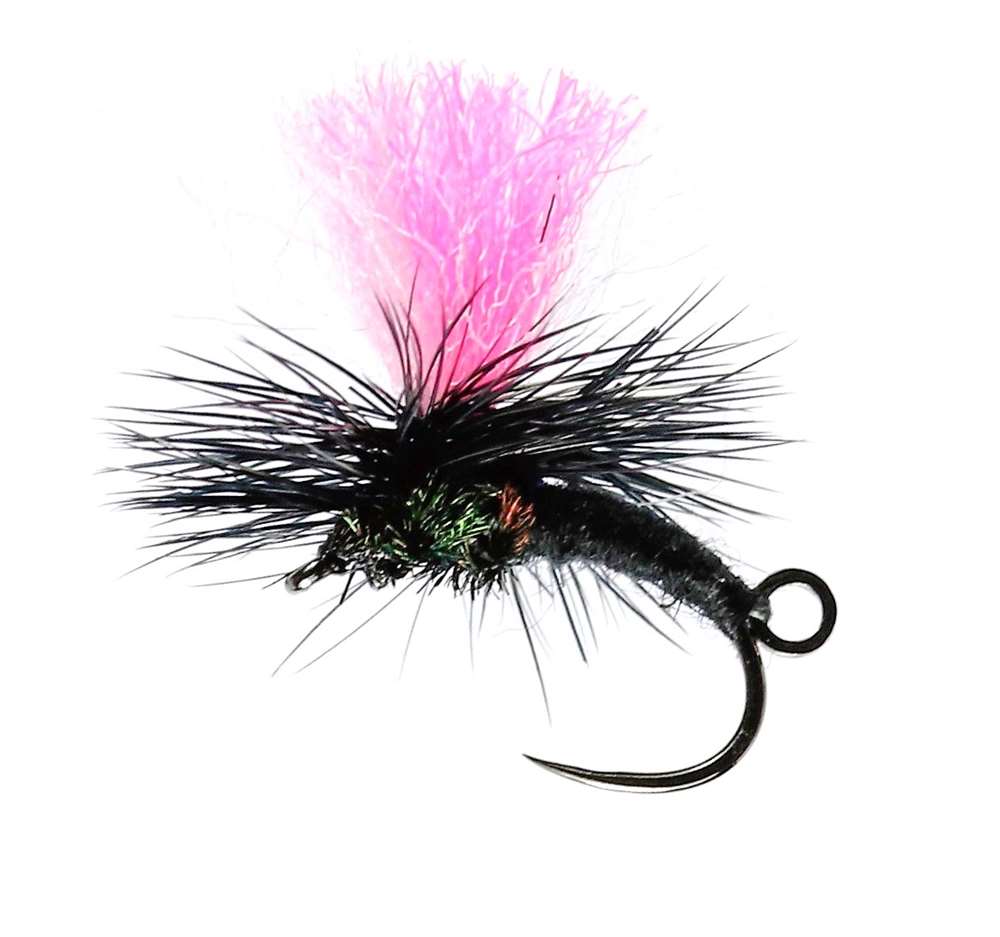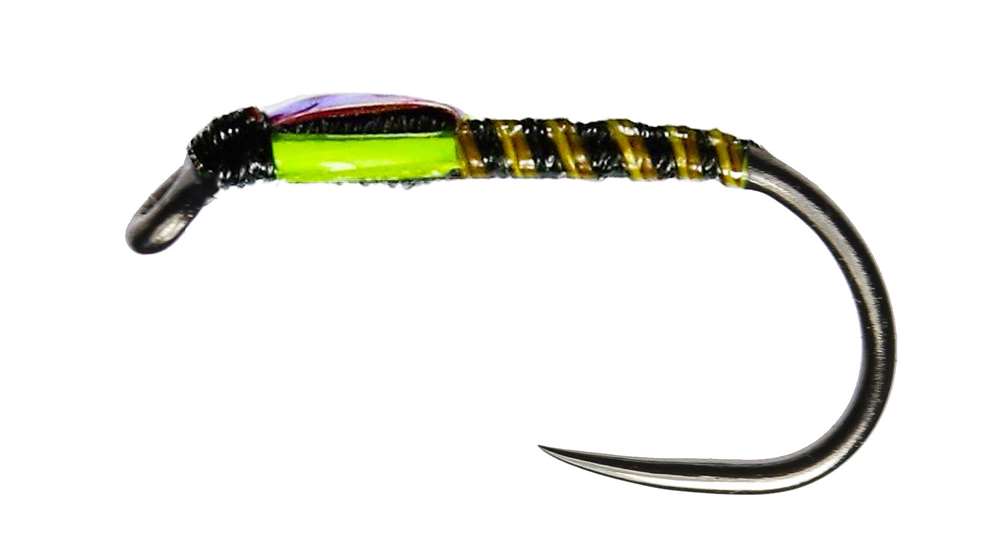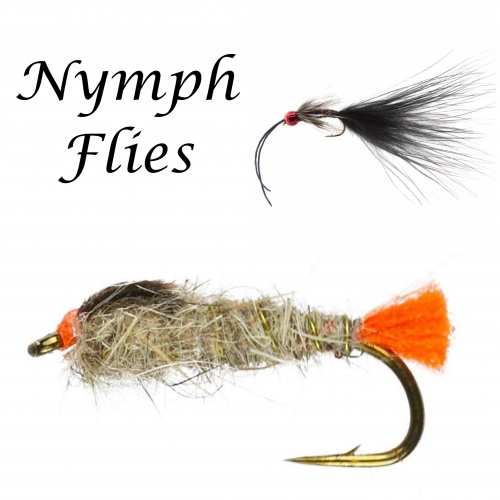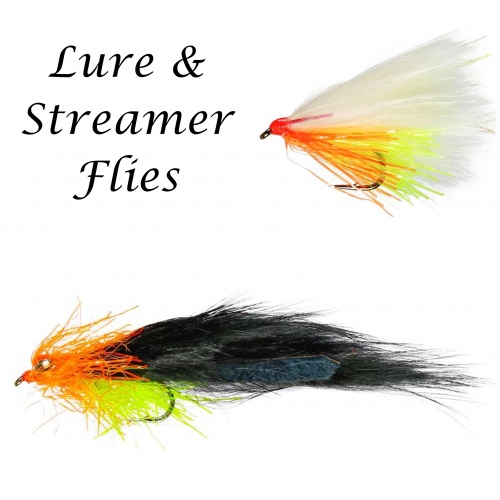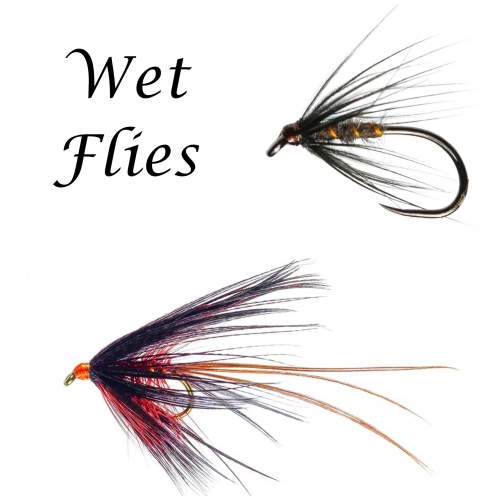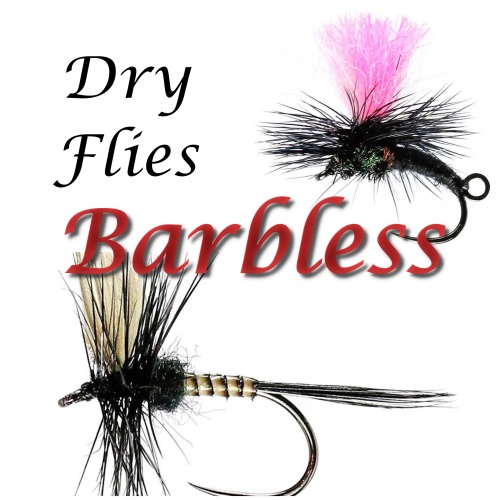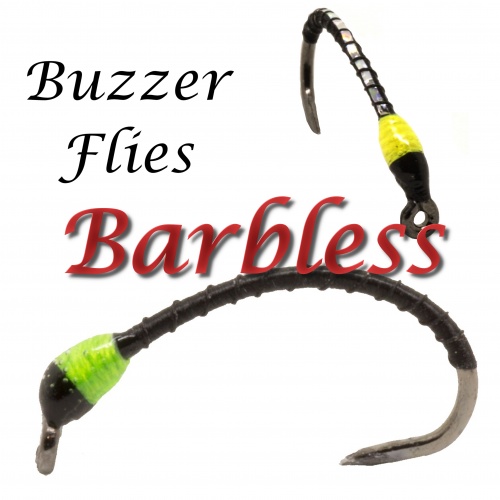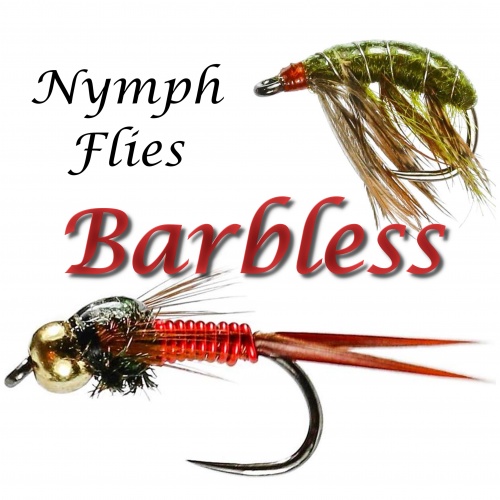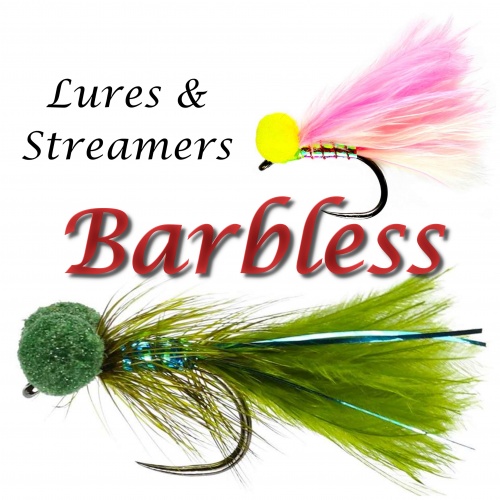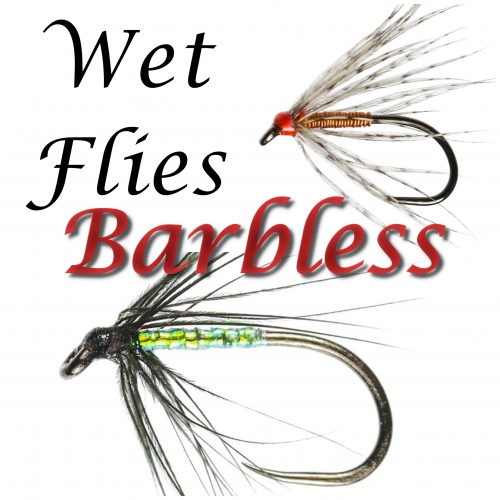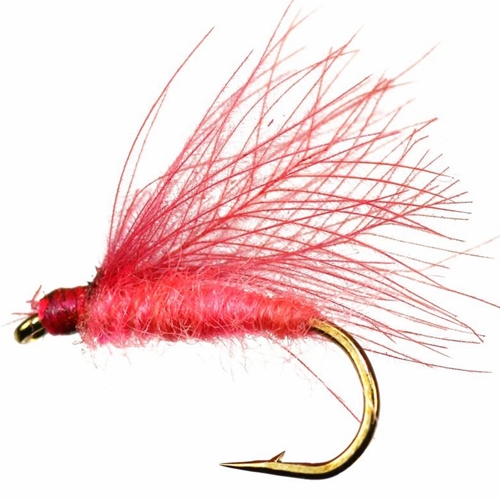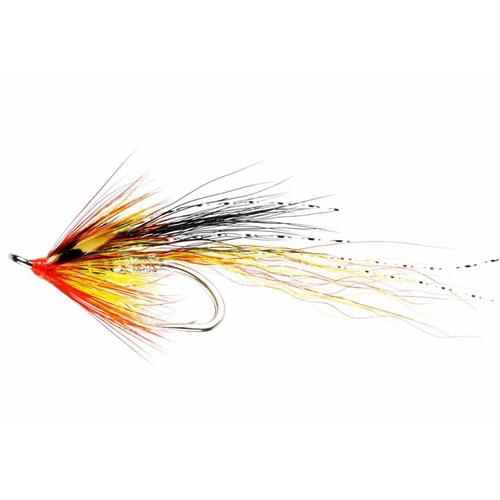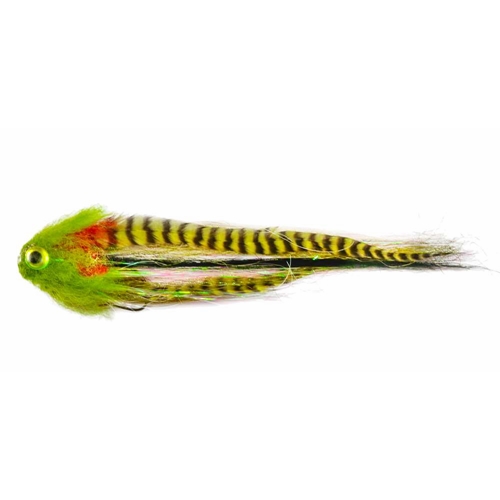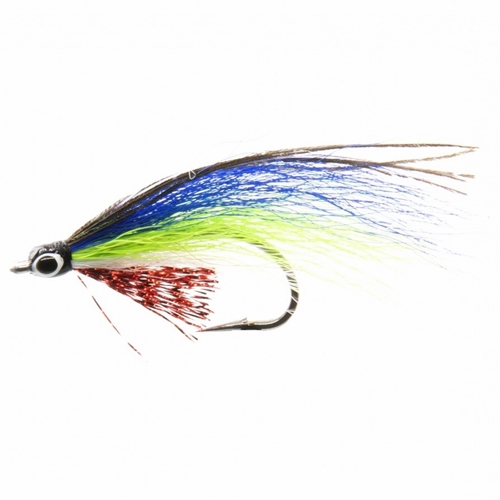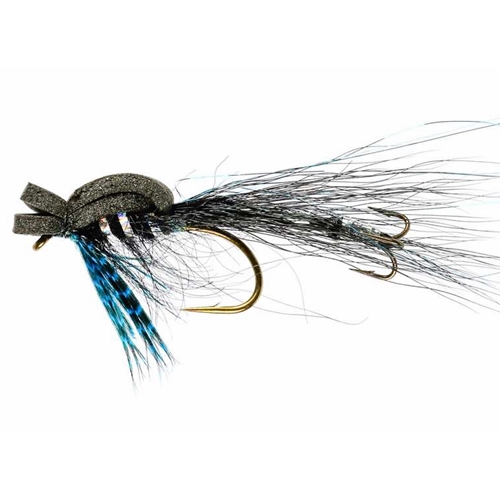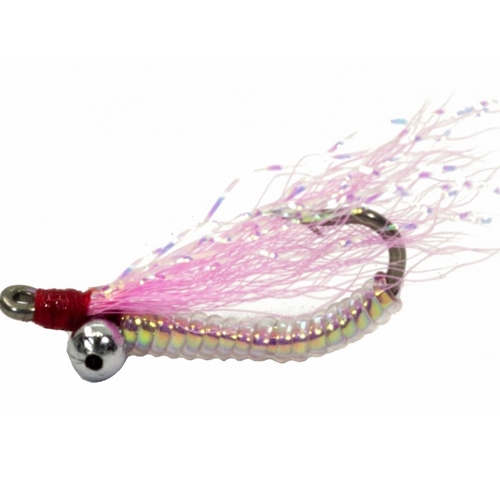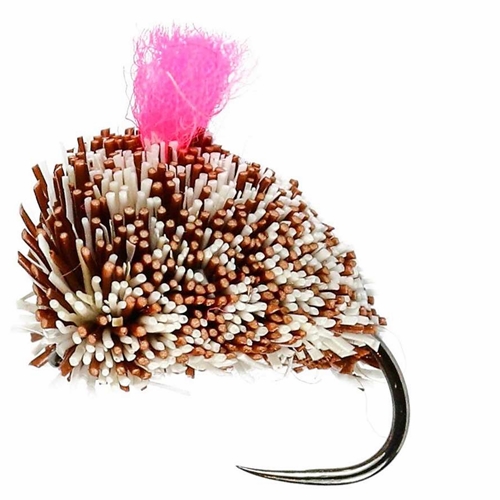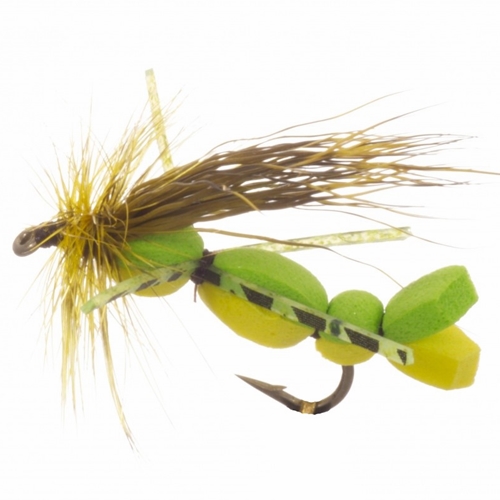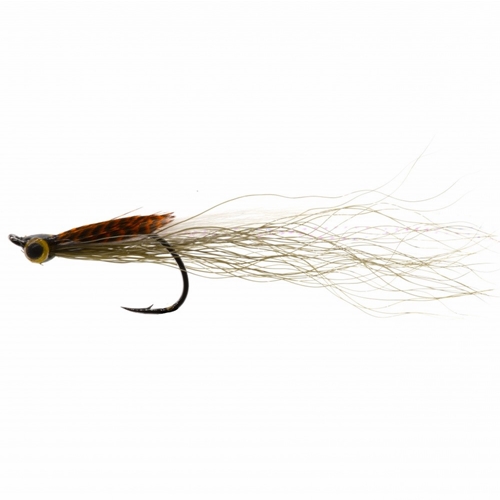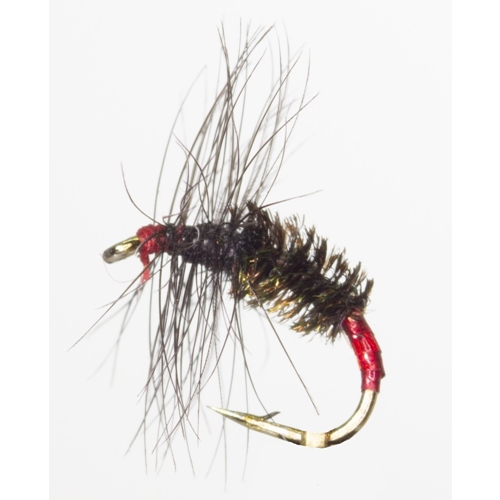Unlike other common aquatic insects for fly fishing, stoneflies are a type of trout food that does not hatch beneath, within, or on top of the water's surface film. Instead they undergo their final moult to winged adults on land. They will generally find a log, rock, or sandy area near shore to initiate their adult life stage. For stoneflies, the trip from the river or lake bottom to land is a fairly short one, and rapid because, if they dawdle or encounter a major roadblock, they quickly become a snack, or even dinner, for hungry, opportunistic trout.
To all intents and purposes, adult stoneflies look just like their nymph form but with the addition of four wings which normally lay flat along the resting fly's back. The tails and antennae of fully mature stoneflies may also seem to be less pronounced. Male stoneflies tend to be much smaller than the females of the species and will typically find their mates along the same rocks, vegetation, and sandy areas on which they hatched.
Fertilised females always return to the water to deposit their eggs. They fly low above the water and ”dip” their egg balls into the water. They can also be found skating or skitting across the surface of the water, depositing their eggs with great effort. Note for fly fishing: when female stoneflies are hard at work laying their eggs, trout can't resist these large and vulnerable morsels.

